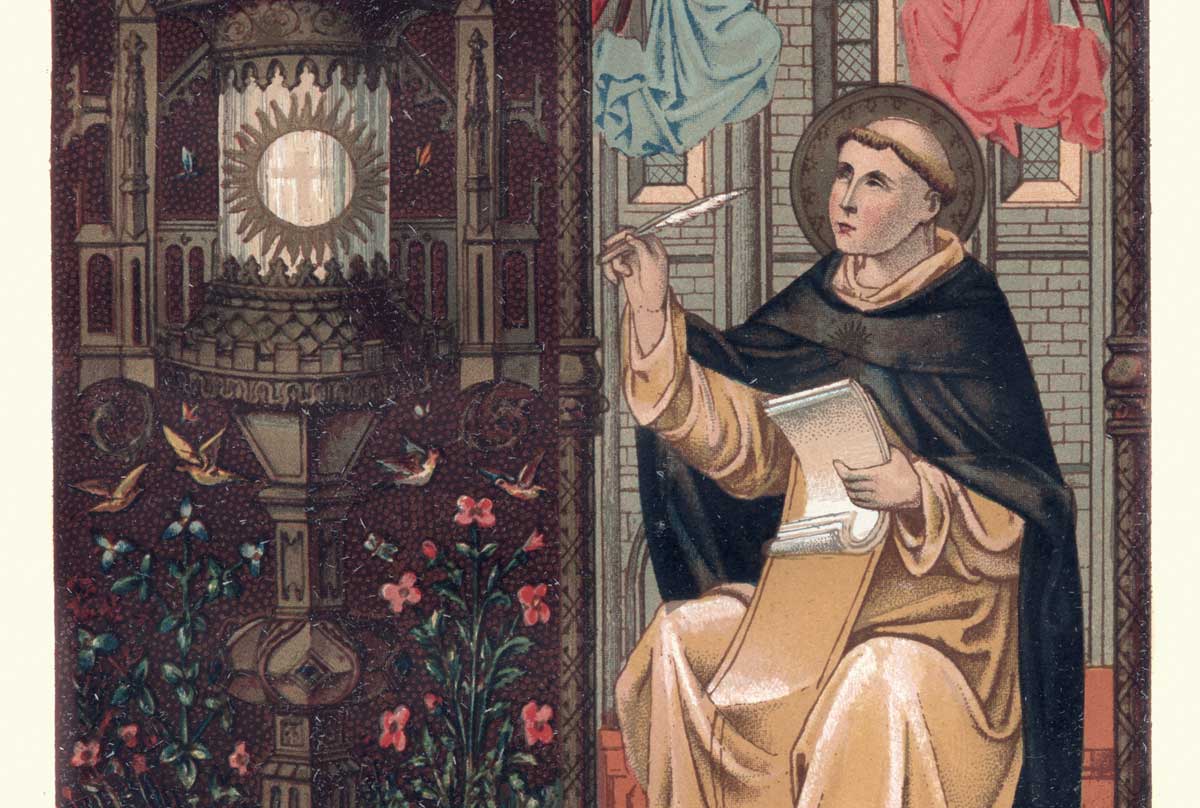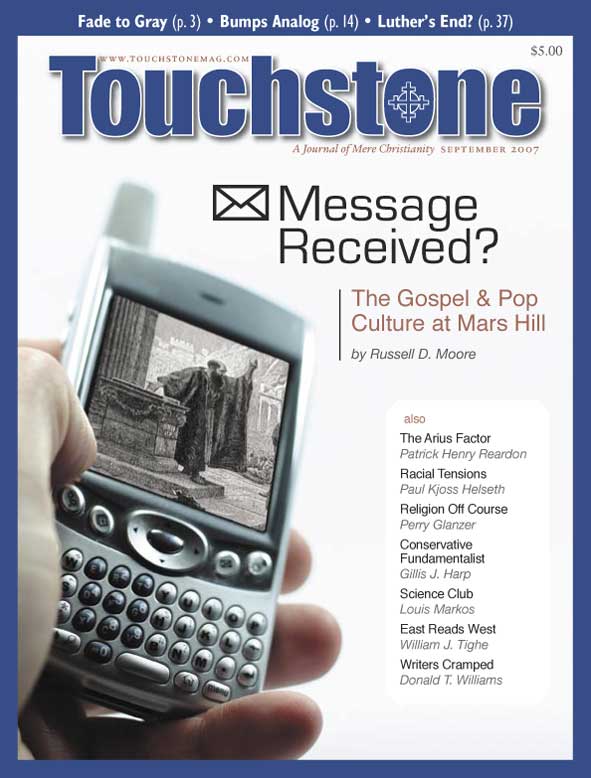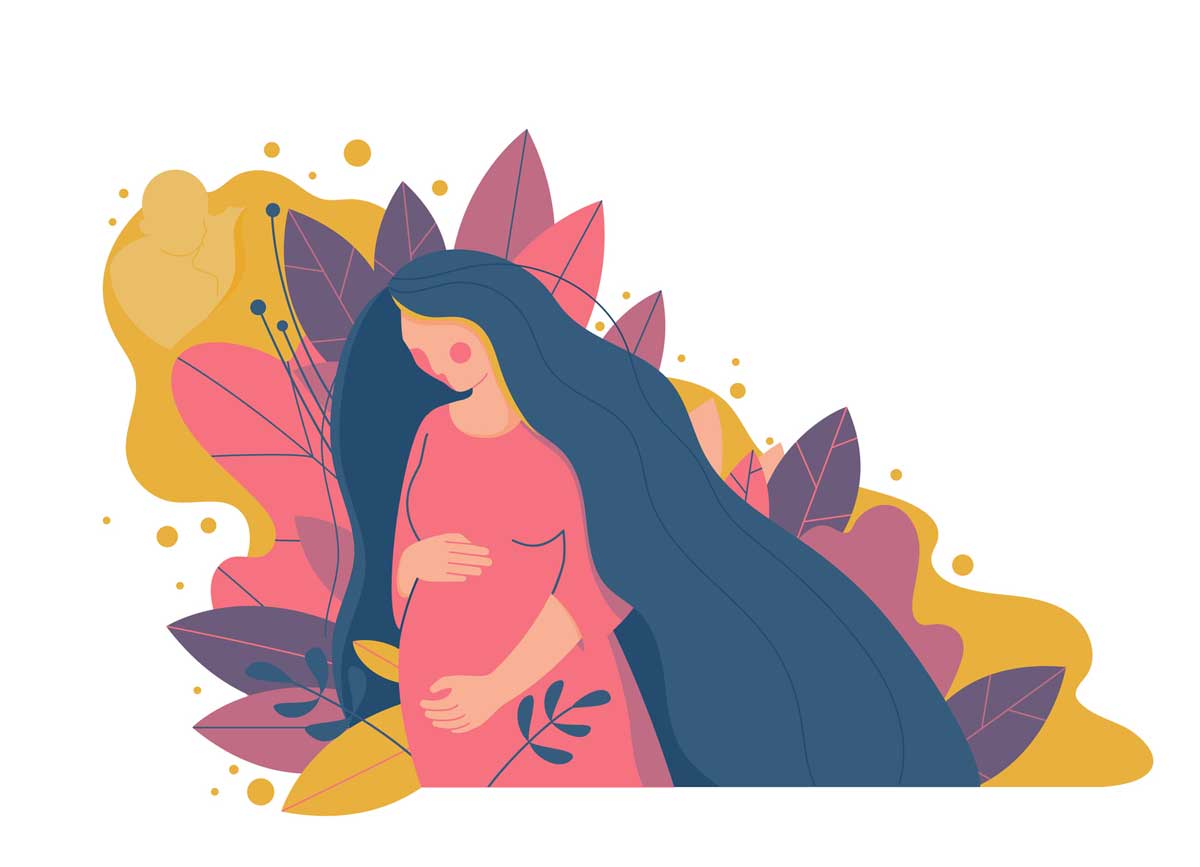Dead Men Russian
House Of Meetings
by Martin Amis
Knopf, 2007
(256 pages, $23.00, hardcover)
reviewed by Franklin Freeman
A novelist has to take a reading of the world,” Martin Amis has said, “and that is what happens in all the novels that interest me. Just what is going on here? It sounds banal, but it’s an absolutely vital question for the novelist. It’s the highest investigation. . . . Style is not neutral, it gives moral directions.”
What does Amis investigate, then, in his latest novel, House of Meetings? The first line of the book tells us. In a letter to his stepdaughter, the narrator, whose name we never learn, writes, “DearVenus, If what they say is true, and my country [Russia] is dying, then I think I may be able to tell them why. You see, kid, the conscience is a vital organ, and not an extra like the tonsils or the adenoids.”
He has suppressed his conscience (in order, ironically enough, to survive the gulag), but nevertheless, in the tradition of Conrad’s Lord Jim and Under Western Eyes, is returning home to redeem himself from a shameful act. The book he is writing for his stepdaughter is an attempt for at least an artistic redemption.
The Russian Cross
This attempt begins on September 1, 2004, on a ship moving downriver to the Arctic Circle, where the narrator will find the ruins of Norlag, the prison in which he and his younger half-brother, Lev, lived for years. He carries a letter, unopened for twenty-two years, which Lev bequeathed to him at his death. The reader won’t know why he has not opened it until the end of the novel.
The novel, then, is the story of these two brothers, but it also tells the story of their homeland, Russia: “When you look into . . . the Russian case,” writes the narrator,
you feel the stirrings of a massive force, a force not only blind, but altogether insentient, like an earthquake or a tidal wave. Nothing like this has ever happened before.
There it is in front of me on the screen of my computer, the graph with its two crinkly lines intersecting, one pink, one blue. The birth rate, the death rate. They call it the Russian cross.
This cross can be seen as the basic architecture of the novel: Just as the population declines and the death rate rises, so too does the narrator’s conscience shrivel and Lev’s flower, but, on the other hand, Lev’s fortunes decline while the narrator’s life, outwardly, steadily improves.
The narrator is aware that he gives his story “a bit of structure,” without which it is “a shapeless little heap of degradation.” “Inasmuch as I could locate some semblance of form and pattern, I felt less isolated, and could sense the assistance of impersonal forces (which I badly needed). This intimation of unity was perhaps delusive,” because, he says, there aren’t any unities in his country.
This is the consolation of art, the only consolation Amis could wrest from his research for Koba the Dread: Laughter and the Twenty Million (2002), his non-fiction book about the Stalinist terror and the refusal of Western intellectuals to accept its reality. In this book he writes that “only in art will the lion lie down with the lamb, and the rose grow without thorn.”
The Lion & the Lamb
In Amis’s novel, the narrator is the lion, Lev the lamb. The narrator fights in World War II. A serial rapist, like most of his cohorts, he survives and returns to Moscow. He falls in love with a beautiful bohemian Jewess, Zoya, by whom he is rejected as a lover.
Along with many other veterans, he is given ten years in the gulag. Lev is exiled to the same camp and tells his big brother that he, short ugly Lev, has married Zoya. The narrator wants both to kill Lev and to protect him, for Lev proclaims that he is a pacifist, which in the gulag is tantamount to suicide.
After a conjugal visit with Zoya, a night in what the prisoners call “the House of Meetings,” Lev falls silent for 72 hours and is never the same man. When the narrator asks his brother what happened that night, Lev refuses to tell him, but promises one day to tell him, which he does in the letter.
The heart of the letter, which will not reveal any important plot surprise, is: “The hunger and the cold and the fear and the boredom and the oceanic weariness—that was general, andstandard-issue. That was off the rack,” Lev writes. “What I’m referring to is the destiny that is made to measure.”
Each prisoner’s character combined with the conditions in the gulag, Lev says, to produce for each one a unique tragedy. He concludes: “They did more than take our youth away. They also took away the men we were going to be.”
This novel grieves over Russia’s past and its apparently bleak future. Before reading it, I read Koba the Dread, then came across Michael Specter’s “Kremlin, Inc.” in The New Yorker, describing how many of Vladimir Putin’s foes are ending up dead.
Read the three together and you realize that the terror, though greatly reduced numerically at present, is not over. Not only are many men who could have been born in Russia, not being born—abortion is in Russia, Amis writes, a major form of “birth control”—but, because of the continued terror, many who are being born will continue not to be the men they could have been.
Painful Truth
But the problem of totalitarian ideology is not confined to Russia, and many in the West are not who they could have been, either. Amis’s narrator implies this in his letter to Venus:
The truth will be painful for you . . . . My ghost expects censure. But make it personal, Venus; make it your own and not the censure of your group and your ideology. Yes, you heard me, young lady; your ideology. Oh, it’s a mild ideology, I agree (mildness is its one idea). Nobody’s going to blow themselves to bits for it.
“The conscience is a vital organ,” but one men feel they can live without. A person’s ideology can be totalitarian in its ruthless suppression of questions of right and wrong, truth and falsehood, and no gulag, except an inner one, is required.
Specter’s article appeared in the January 29, 2007 issue of The New Yorker.
Franklin Freeman is a freelance writer living in Saco, Maine, with his wife and four children.
subscription options
Order
Print/Online Subscription

Get six issues (one year) of Touchstone PLUS full online access including pdf downloads for only $39.95. That's only $3.34 per month!
Order
Online Only
Subscription

Get a one-year full-access subscription to the Touchstone online archives for only $19.95. That's only $1.66 per month!
bulk subscriptions
Order Touchstone subscriptions in bulk and save $10 per sub! Each subscription includes 6 issues of Touchstone plus full online access to touchstonemag.com—including archives, videos, and pdf downloads of recent issues for only $29.95 each! Great for churches or study groups.
Transactions will be processed on a secure server.
more from the online archives

23.6—November/December 2010
Darwin, Design & Thomas Aquinas
The Mythical Conflict Between Thomism & Intelligent Design by Logan Paul Gage

28.3—May/June 2015
Of Bicycles, Sex, & Natural Law
Describing Human Ends & Our Limitations Is Neither Futile Nor Unloving by R. V. Young
calling all readers
Please Donate
"There are magazines worth reading but few worth saving . . . Touchstone is just such a magazine."
—Alice von Hildebrand
"Here we do not concede one square millimeter of territory to falsehood, folly, contemporary sentimentality, or fashion. We speak the truth, and let God be our judge. . . . Touchstone is the one committedly Christian conservative journal."
—Anthony Esolen, Touchstone senior editor







